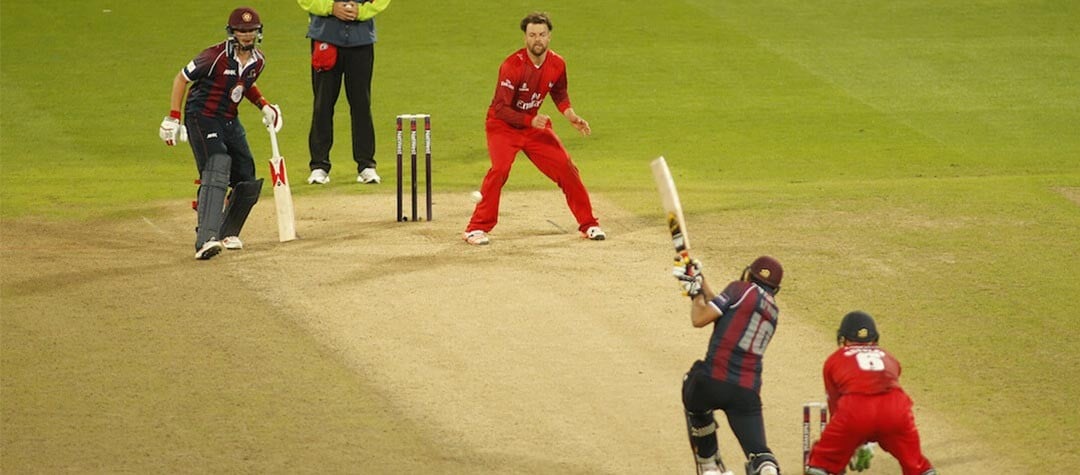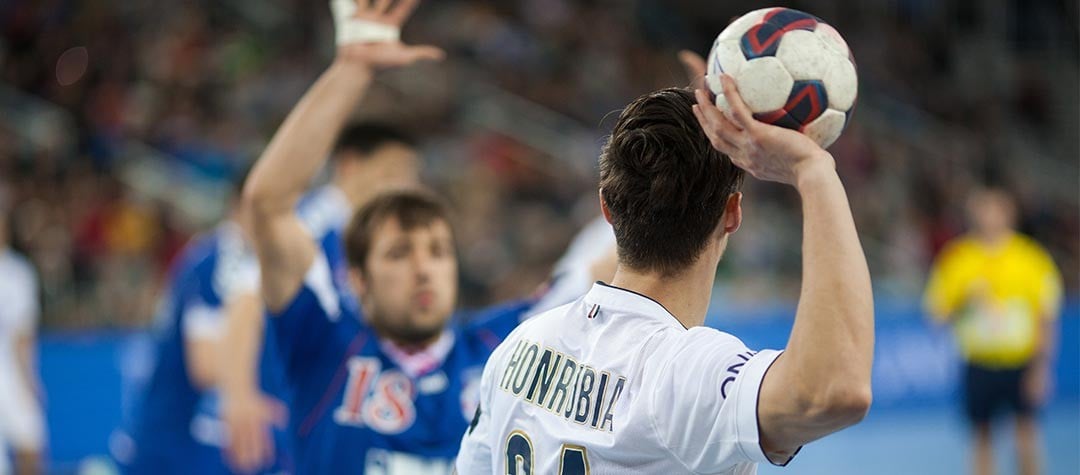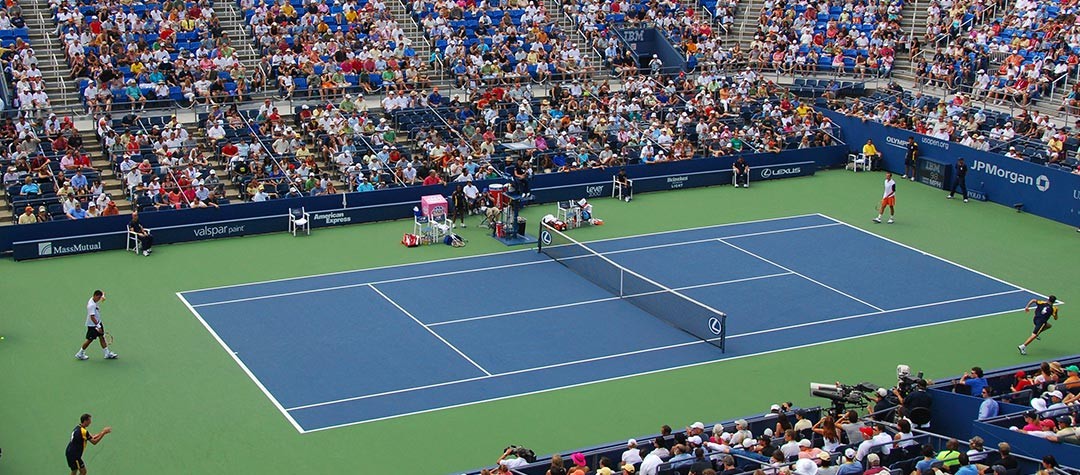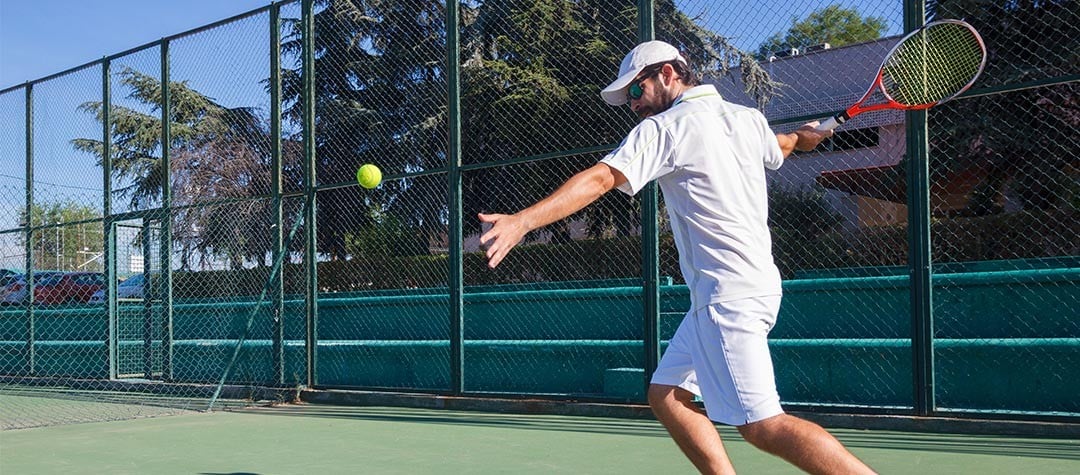Eat the best foods to fuel your training and stay energised with our look at a typical dancer’s diet.
Dancing is a great calorie burner but it is important that you fuel your body correctly if you take your dancing seriously. Here is our advice on the dietary needs of a typical dancer.
As with any exercise, dancing will only offer the body a great workout if it is fuelled by the correct kinds of food and drink. Dance demands high levels of energy and, as a result, it is vital that participants balance their diets with carbohydrates, fats, vitamins, protein and enough water to keep them safely hydrated throughout.
Carbohydrates
As with most physical activities, dancing requires good reserves of energy to keep the body fuelled during the exercise. It’s vital that the dancer therefore consumes plenty of energy-providing carbs, making up to 60 to 70 percent of their diet. Eating a complex carb-rich diet of pastas, breads, potatoes and rice will give dancers the slow burning fuel needed for the sport.
Fats
Just because you’re getting fit through dancing doesn’t mean you should cut fats out of your diet. Fats play a key role in the dancer’s diet and should make up about 25 percent of their daily intake. Choosing foods low in saturated fats is vital. Foods such as avocados, nuts, cheese, eggs and salmon are all great choices to include in a dancer’s diet.
Hydrate your body
All fitness experts know that water is key to fuelling successful exercise. Dancing is no exception. You can have the most balanced diet in the world but without a steady supply of water to the body, you’ll feel tired and lethargic before you’ve even begun. It is recommended that we drink about eight glasses of water a day, and you’ll need even more when dancing.
Vitamins
Consuming plenty of vitamins and minerals are essential in the bodies creation of white blood cells and improve functions such as eye sight and energy reserves. The easiest way for a dancer to get their daily fix of vitamins is to eat the golden five portions of fruit and vegetables a day. It may sound simple but it’s amazing how few people actually manage this. Using multi-vitamins or mineral tablets should always be a last resort, so grab a banana or two instead of that tempting bag of crisps.
Proteins
If you find yourself pulling up during that tricky tango move, it could be because you’re not fuelling your muscles with enough protein, which helps build and repair tissues. Protein should make up about 15 percent of the dancer’s diet, to avoid injuries in the short-term and build up muscles in the long term. Protein-rich foods include poultry meat such as chicken, eggs and tofu.














